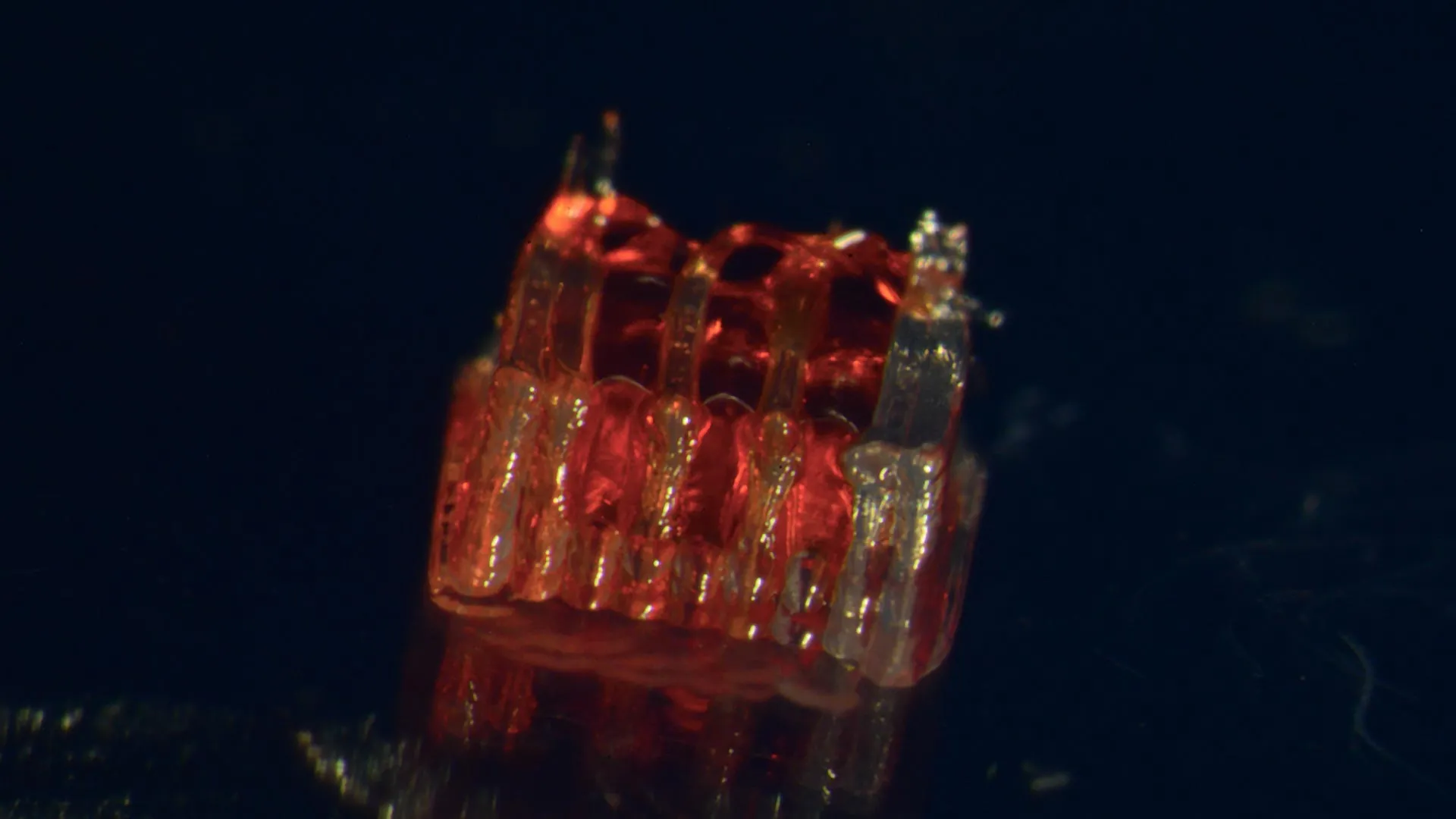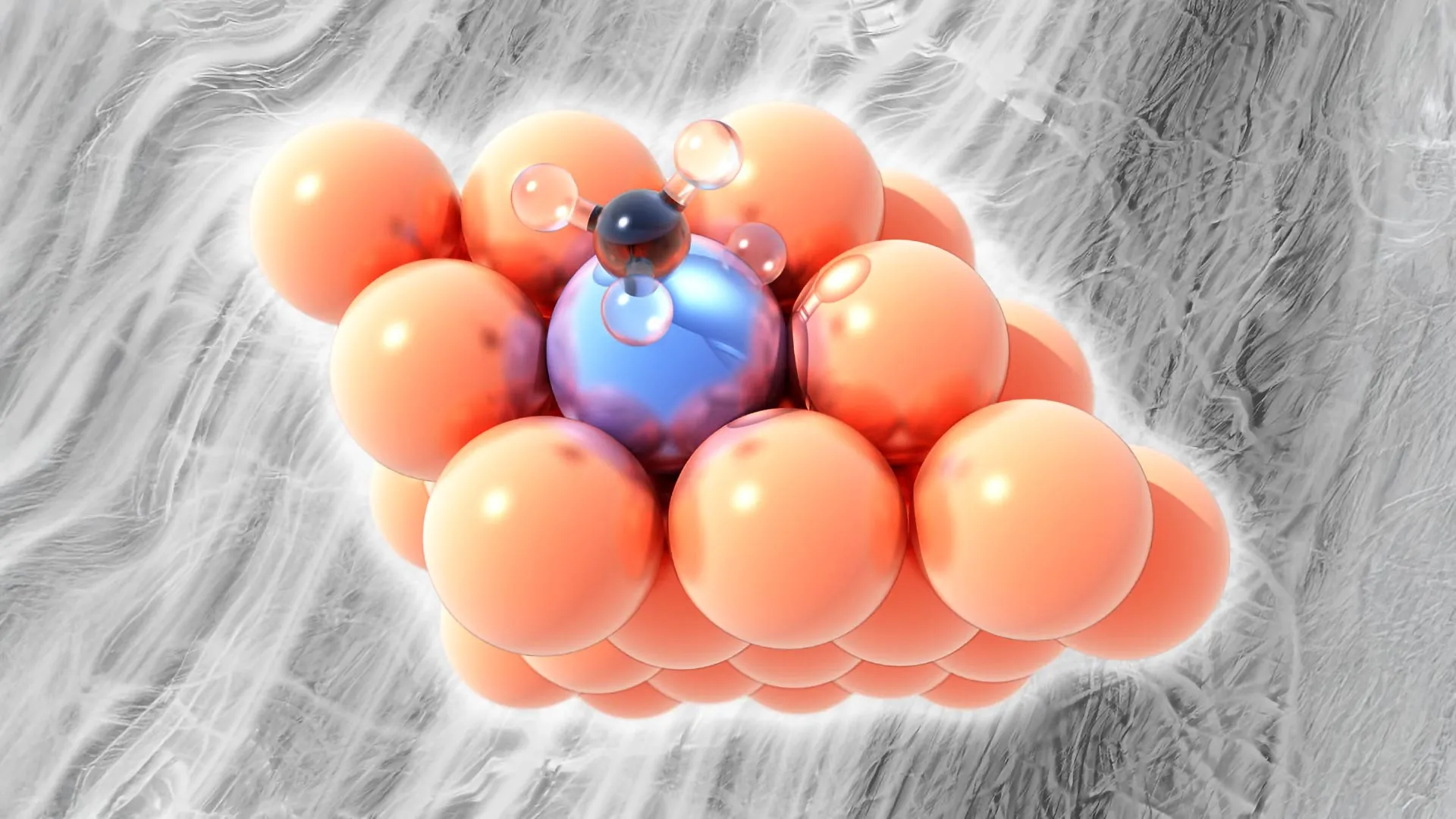Now Reading: 3D Printing Restores Mobility in Rats After Spinal Cord Repair Breakthrough
-
01
3D Printing Restores Mobility in Rats After Spinal Cord Repair Breakthrough
3D Printing Restores Mobility in Rats After Spinal Cord Repair Breakthrough

Rapid Summary
- researchers at the University of Minnesota Twin Cities developed a new method combining 3D printing, stem cell biology, and lab-grown tissues to aid spinal cord injury recovery.
- The process involves 3D printed “organoid scaffolds” with microscopic channels filled with human-derived spinal neural progenitor cells (sNPCs).
- These scaffolds bypass damaged areas in the spinal cord by guiding nerve regeneration in specific directions.
- In studies using rats with severed spinal cords, transplanted cells successfully grew into neurons, forming new connections and restoring meaningful function.
- Funding was provided by the US National Institutes of Health and other local research programs.
- The breakthrough could lead to clinical applications for aiding patients with spinal injuries but remains in an early experimental phase.
Indian Opinion Analysis
This research demonstrates considerable progress in regenerative medicine that may have global implications for treating paralytic conditions caused by severe injuries, including within India’s healthcare system. With its large population and rising incidence of critical injuries due to road accidents or industrial hazards, such innovations hold potential significance for medical advancement in India as well. However, translating this technology from experimental models to practical treatment will require extensive trials over years.Policymakers and scientific institutions supporting Indian medical research could explore partnerships or funding frameworks that expedite access to such breakthroughs domestically when they become viable on a larger scale.























